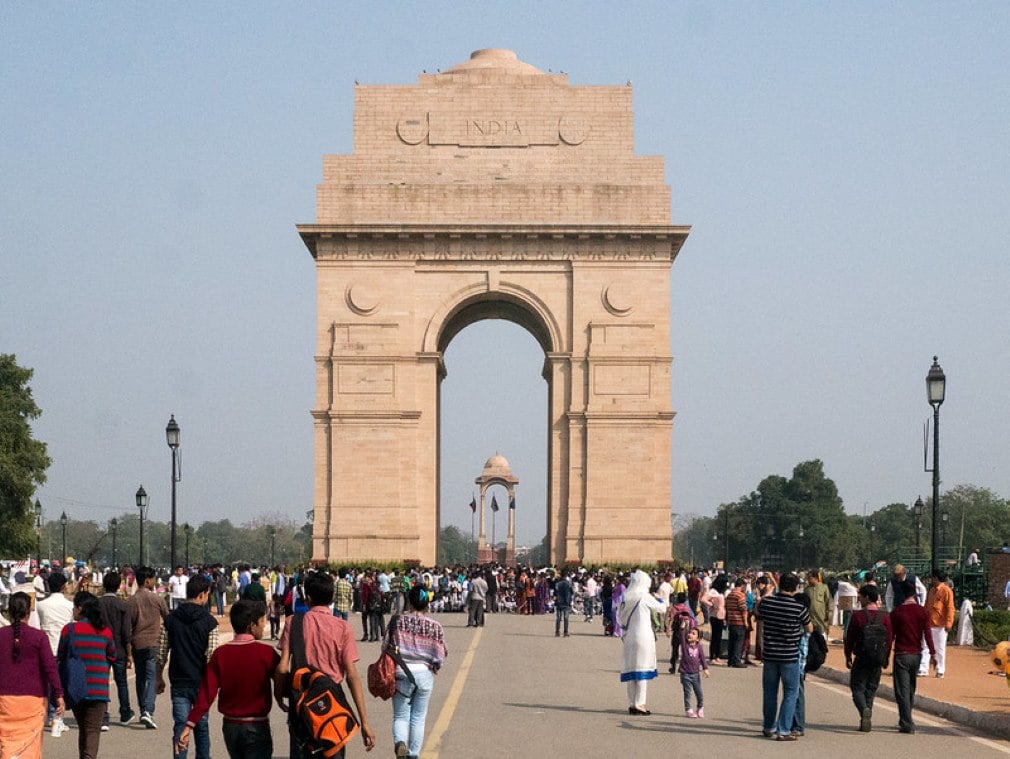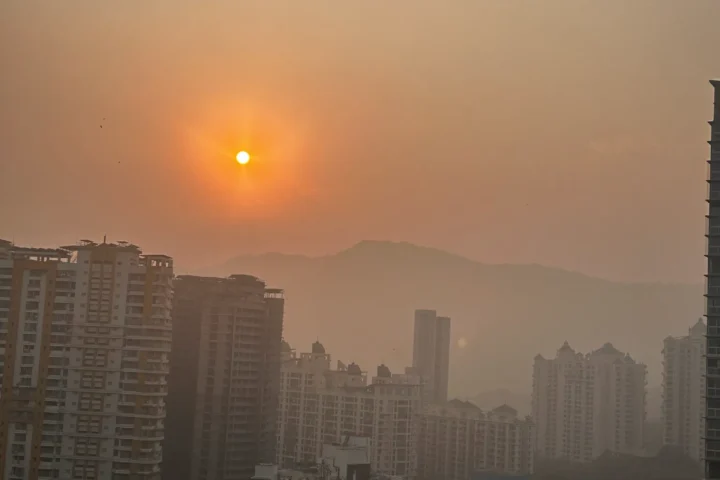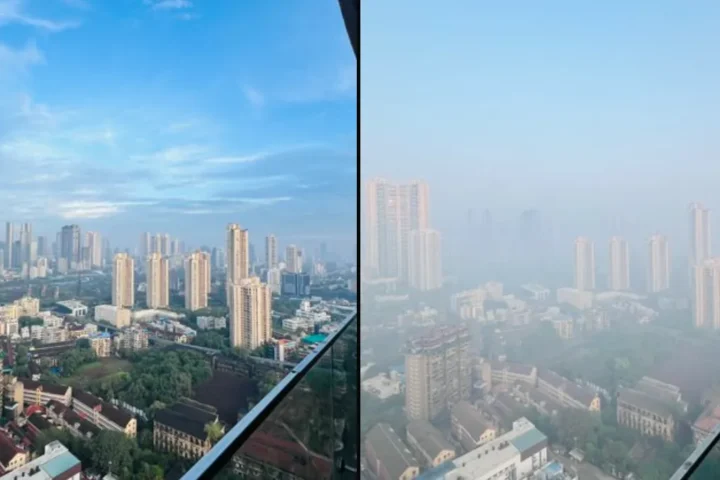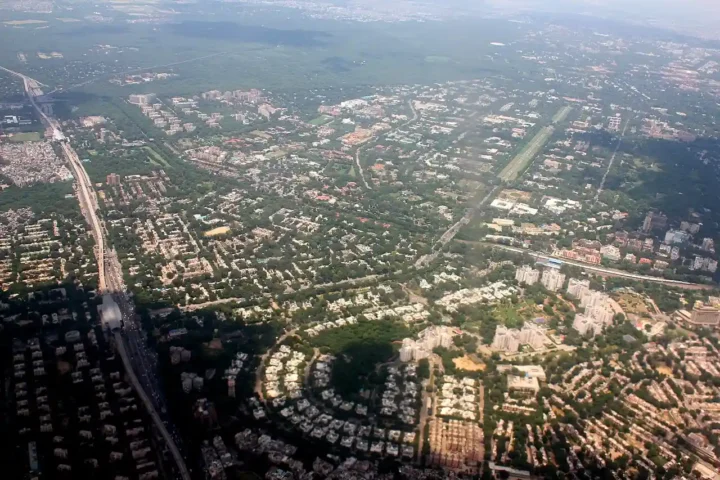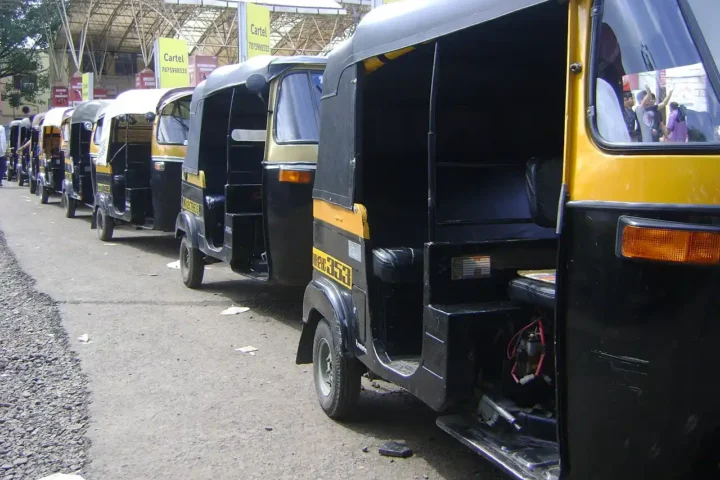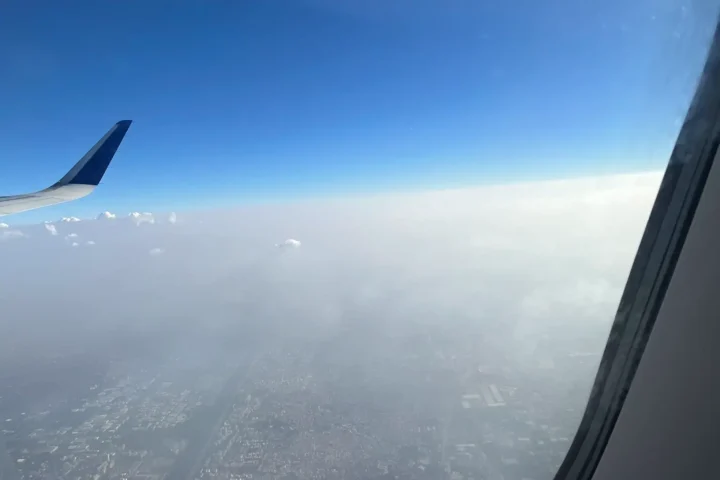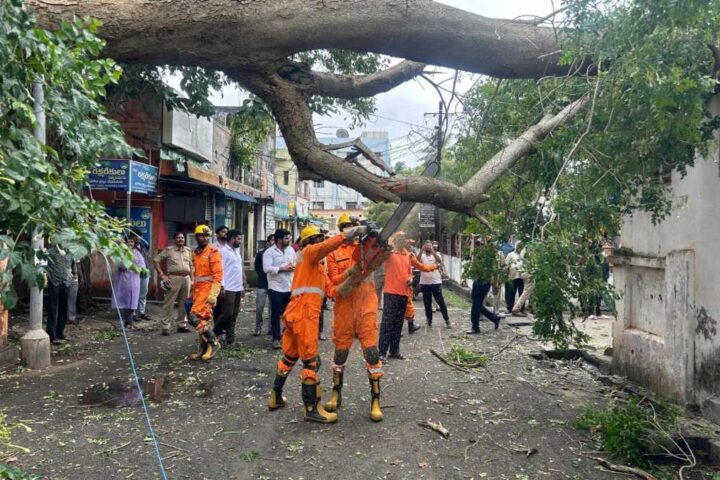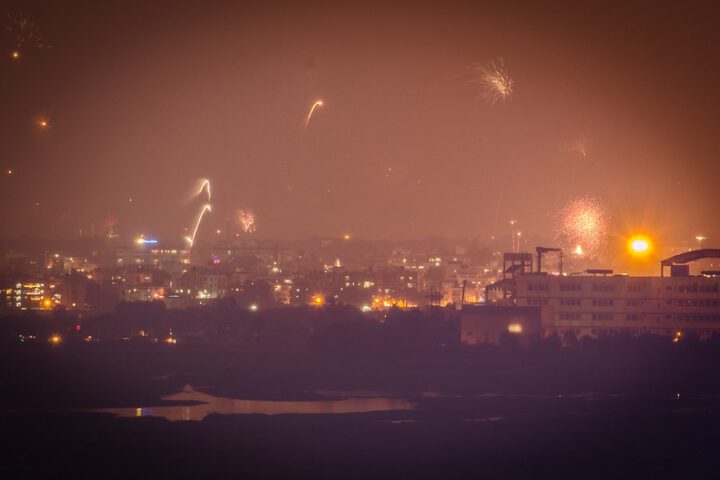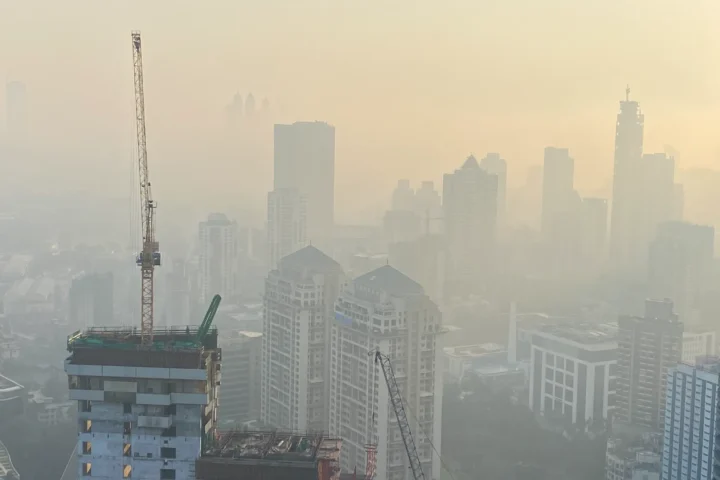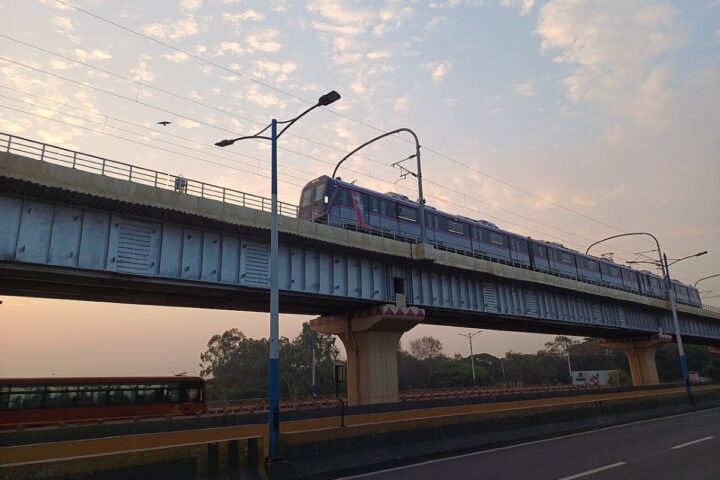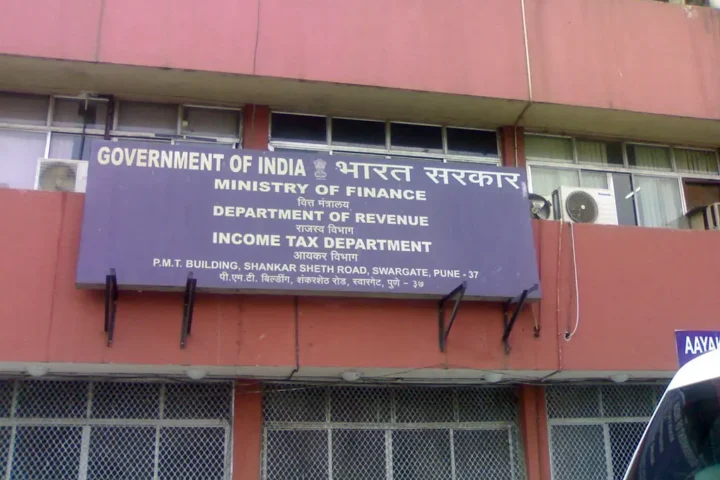A 4.4 magnitude earthquake jolted Delhi and nearby areas Thursday morning, causing residents to rush outdoors. The quake struck at 9:04 am with its center in Haryana’s Jhajjar district, about 51 kilometers west of Delhi.
The National Centre for Seismology reported the earthquake originated 10 kilometers below ground at coordinates 28.63°N latitude and 76.68°E longitude, specifically 3 kilometers northeast of Jhajjar.
People across Delhi, Noida, Gurugram, Faridabad, and Ghaziabad felt the tremors. Many reported fans and household items swaying, while office workers saw computer screens shaking. The earthquake’s effects reached as far as Meerut and Shamli in western Uttar Pradesh.
“We were having tea when I suddenly felt strong shaking. I told everyone to rush out of the building,” said a Gurugram resident. A Ghaziabad man shared, “I had just woken up when there was a jolt. I was scared.”
The National Disaster Response Force quickly issued safety guidelines, urging people to stay calm, use stairs instead of elevators when evacuating, and pull over to open areas if driving during an earthquake.
Similar Posts
This marks the second notable earthquake in the region this year. On February 17, a 4.0 magnitude quake with a shallower 5-kilometer depth hit the area.
Delhi-NCR sits in Seismic Zone IV, considered a “High Damage Risk Zone” by disaster management authorities. The region’s earthquake risk comes from several active fault lines nearby, including the Delhi-Haridwar Ridge, Sohna Fault, Delhi-Moradabad Fault, and Mahendragarh-Dehradun Fault.
These earthquakes happen because the Indian tectonic plate constantly pushes against the Eurasian plate. Think of these plates like giant pieces of earth’s crust pressing against each other. When pressure builds up, they suddenly slip and release energy as earthquakes.
Historical records show Delhi has experienced at least five earthquakes stronger than 5.5 magnitude since 1720.
No injuries or building damage have been reported from today’s earthquake. Local authorities continue monitoring the situation.
